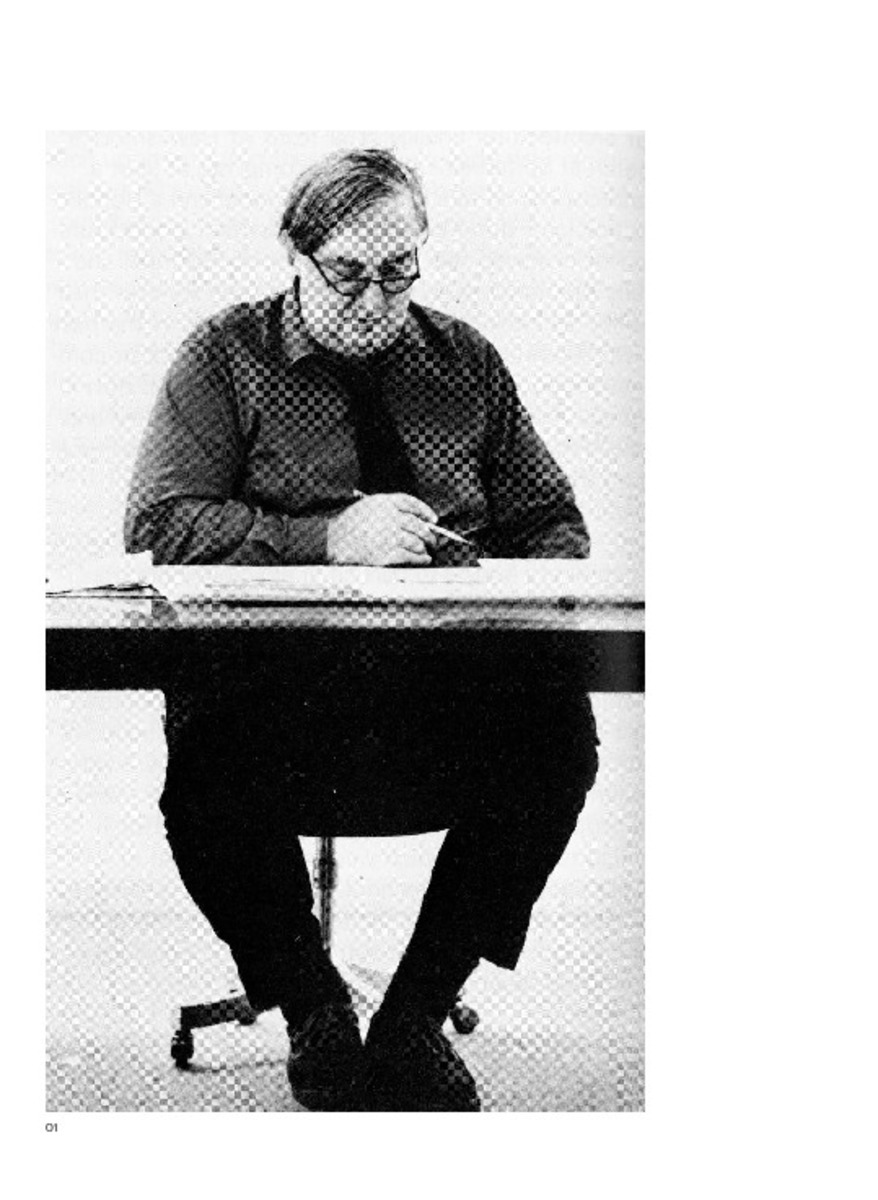Multiple Authorship: The Collaborative Production of Knowledge in the Shinkenchiku Residential Design Competition (1965–2020)
Palabras clave :
Autoría múltiple
Shinkenchiku Residential Design Competition
foro de discusión
respuestas multiculturales
producción colaborativa de conocimiento
Fecha de publicación :
2021
Editorial :
Servicio de Publicaciones de la Universidad de Navarra
Cita:
Nuijsink, C. (Cathelijne). "Multiple Authorship: The Collaborative Production of Knowledge in the Shinkenchiku Residential Design Competition (1965–2020)". Ra. Revista de Arquitectura. 23, 2021, 174 - 189
Aparece en las colecciones:
Estadísticas e impacto
0 citas en

0 citas en

Los ítems de Dadun están protegidos por copyright, con todos los derechos reservados, a menos que se indique lo contrario.









